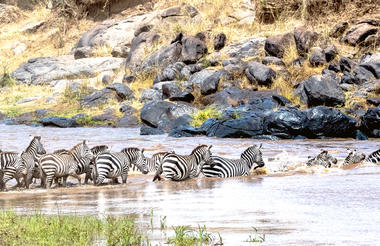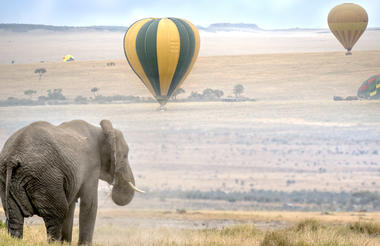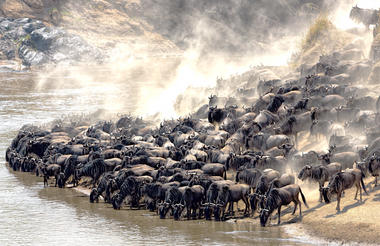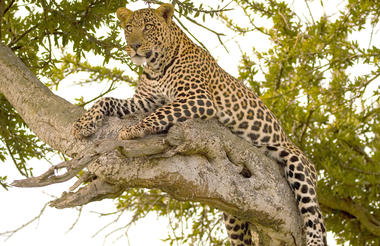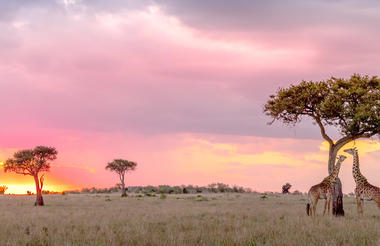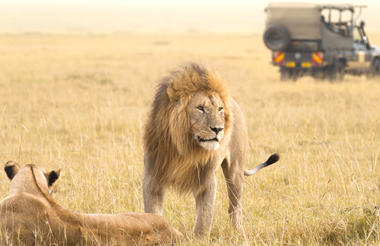Perched at an elevation of approximately 1,850 metres, Rwanda's capital city sprawls across a series of verdant hills and valleys and is the country’s financial, commercial and cultural hub, . This undulating terrain provides panoramic vistas, with Mount Kigali offering well-marked trails for hikers to explore its lush vegetation and unique wildlife. The city's history is deeply etched in sites like the Kigali Genocide Memorial, a poignant tribute to the nation's past. Today, Kigali thrives with a vibrant arts scene, exemplified by venues such as the Inema Arts Center, where contemporary Rwandan art flourishes. Culinary enthusiasts can indulge in the city's burgeoning food scene, including traditional milk bars that serve fresh dairy-based beverages. The Kimironko Market presents a sensory feast of fresh produce, textiles, and crafts. The Uganda National Mosque, commissioned by Libya’s former leader Muammar Gaddafi, was built to strengthen diplomatic and religious ties between Libya and Rwanda. Nearby, Nyamirambo brims with colourful streets, local boutiques, and a lively nightlife.



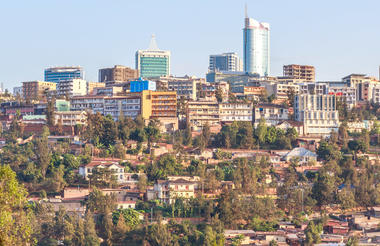
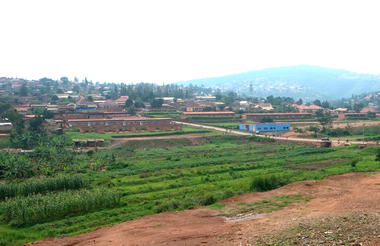
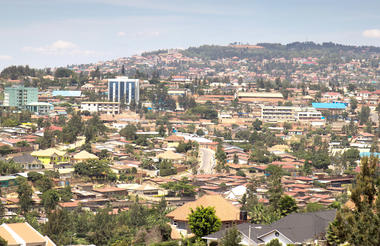
Set high on the jungle-covered slopes of the volcanic Virunga Mountains in Rwanda, the Volcanoes National Park is best known as a sanctuary for the region’s rare mountain gorillas. Visitors flock here to experience face to face encounters with these intriguing creatures. Regulated treks through the reserve allow visitors to spend an hour at a time with these incredible primates in their natural habitat. While the gorillas are without a doubt the main drawcard, visitors can also look forward to exploring a network of scenic hiking trails, with the beautiful day hike to the crater lake on Mount Bisoke being a particular highlight. Make sure to visit the fascinating Karisoke Research Centre and the tomb of the world-famous Dian Fossey.
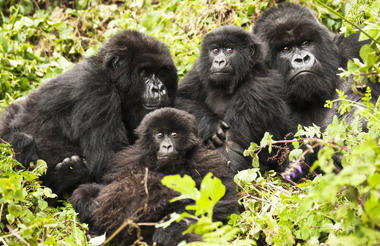
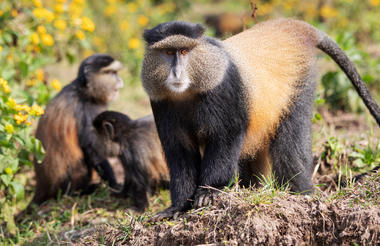
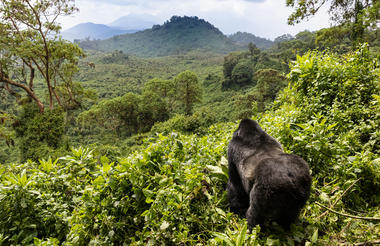
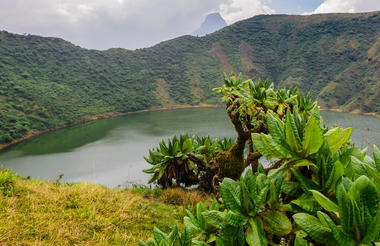
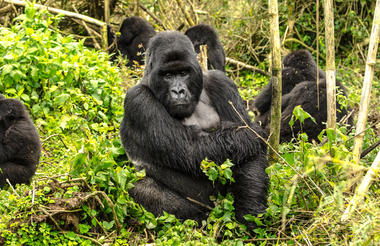
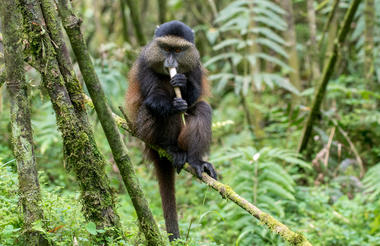
Located between the Central Serengeti and Kenya’s Masai Mara National Reserve to the north, the Northern Serengeti is a remote African wildlife wonderland. The vast, rolling savannah of the Northern Serengeti, is known as the hub of the great migration. The landscape is characterised by vast stretches of savannah interspersed with acacia trees and riverine woodlands. Wildlife can be seen along the banks of the Mara River and visitors can view the annual spectacle of the half a million migrating wildebeest. Commonly spotted wildlife include: a multitude of plains game such as buffalo, zebra, gazelles, impala, giraffe as well as lion and leopard. Visitors can look forward to bird watching, hot air ballooning, game safaris and guided bush walks.
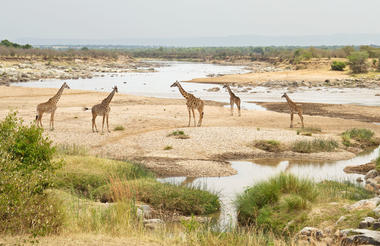

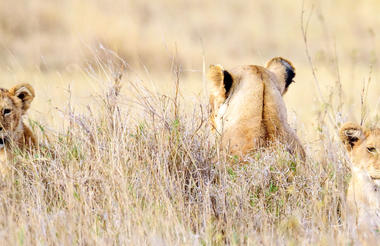
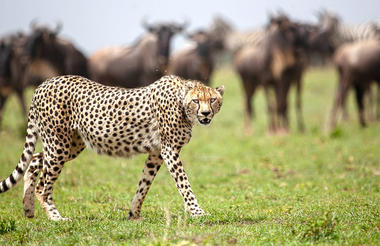
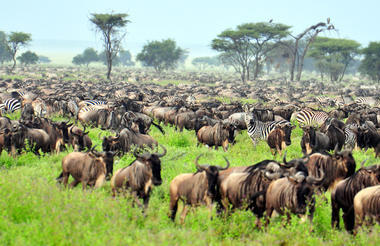
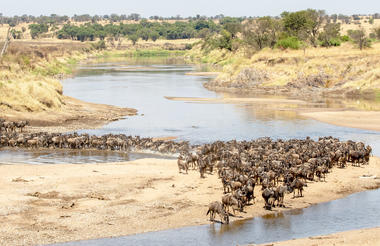
One of Kenya’s most iconic natural wonders, the Masai Mara National Reserve stretches across more than 1500 square kilometres in the country’s southwest. The park shelters a remarkable array of wildlife, including elephant, lion, leopard, and buffalo that roam its savannahs, while crocodile and hippopotamus inhabit the Mara River. Birdwatchers will delight in the presence of more than 450 resident species. Yet the true spectacle is the Great Migration, named one of the Seven New Wonders of the World. Each July to September, roughly 1.7 million wildebeest trek from the parched plains of Tanzania’s Serengeti to the greener grasslands of the Masai Mara, followed by zebra, antelope, and predators such as lion, hyena, and cheetah. The sight, sound, and raw energy of these vast herds are a once-in-a-lifetime experience for any traveller.
